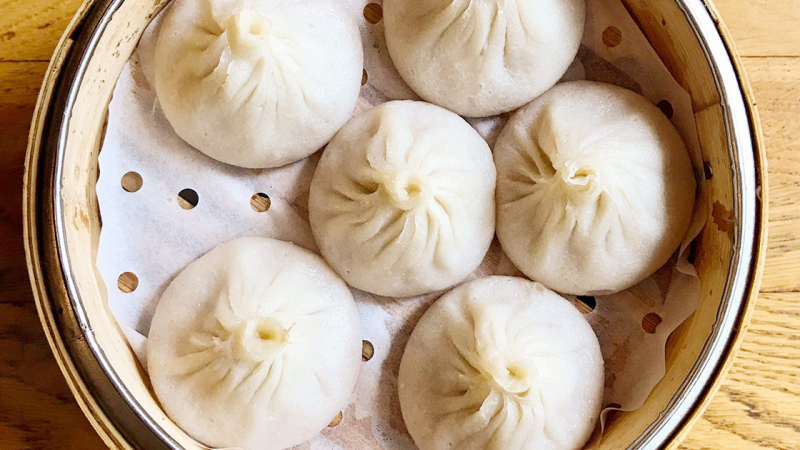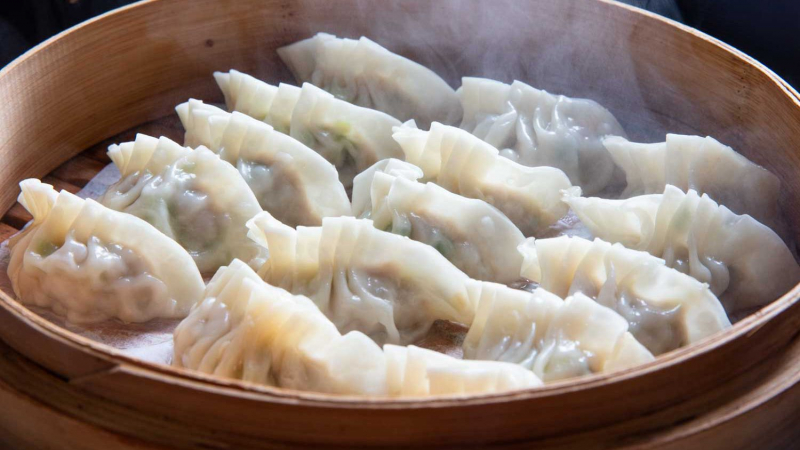Dumplings
Dumpling is one of the most famous traditional ancient Chinese foods, which was created more than 1,800 years ago by the medical sage Zhang Zhongjing. Mutton was being used at the time in Chinese herbal medicine to treat chilblains in the winter and prevent colds. Dumplings were a staple dish throughout the Three Kingdoms era (220 - 280 AD). Dumplings gained popularity in China during the Northern and Southern Dynasties (420 - 589 AD), when they were frequently consumed with soup. Regarding the Song Dynasty (960 - 1279 AD), many types of dumplings emerged and were later exported to Mongolia and the rest of the world. Dumpling consumption during Chinese New Year was first observed in the Ming Dynasty (1368 - 1644 AD). The Qing Dynasty marked the beginning of the current name's usage (1644 - 1911 AD).
The three fundamental processes are steaming, boiling, and steam-frying. Additionally, deep frying and serving with a crispy, lacy "skirt" are options. The shape of your dumpling also affects the cooking procedure, which in turn relies on your mood and what you are seeking.
Dumplings are now a traditional festival meal for Chinese New Year and the Winter Solstice. Pork, beef, lamb, fish, cabbage, carrots, leeks, and other fillings are among the assortment. People eat dumplings on Chinese New Year's Day to bid the previous year adieu and greet the upcoming one. Dumplings also symbolize good fortune and family reunion in Chinese astrology.









